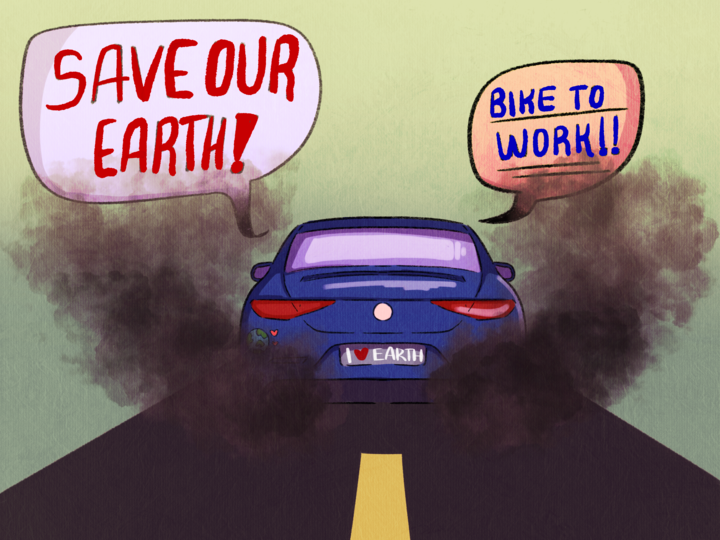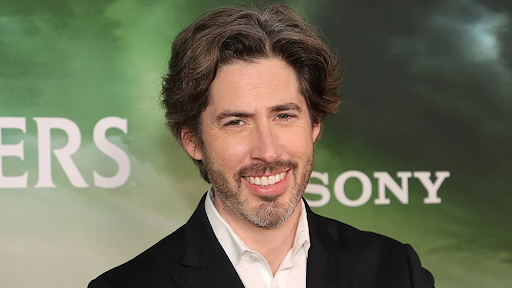Being a Millennial certainly has its advantages. We’ve got the Internet, pumpkin spice, spanx. One downside: a fear that we all try to ignore but all secretly harbor, is that we are also the generation of mass shooters.
In fact, according to the FBI, our generation has seen double the number of public massacres than any American generation previous.
For our parents it was fear of the Viet Cong parachuting into their backyards. For us, it’s some militant shooting up a weekend movie screening.
In reality, the latter fear is nearly as ridiculous as the former; 16.4 mass shootings annually means an extremely low chance of ever encountering such violence in your own life.
But the horrors of Aurora and Sandy Hook, or hell, even Columbine, refuse to be forgotten, and perhaps they shouldn’t be. As a nation, we’re still just as afraid that another mass shooting incident will occur as we were two decades ago.
Tom Junod’s fascinating October 2014 Esquire article titled, “Why Mass Shootings Keep Happening,” is perhaps the best Internet feature dedicated to examining the issue.
In his research, Junod found that “mass shootings are not unstoppable, and there are people trying to stop them.”
In fact, the article goes on to reveal that there is an entire unit within the FBI, Behavioral Analysis Unit 2, which specifically deals with “threat assessment,” or the pinpointing of behaviors that could indicate a shooter-in-the-making.
As with the serial killers of the 1970s and 1980s, our current mass shooters may be a brand of criminal that today’s law enforcement simply needs more time to study and learn how to properly combat.
In an October 2014 piece for CNN, criminologists James Alan Fox and Jack Levin point out that the lack of serial killers today can at least be attributed in part to developments in crime fighting technique.
“… [A]dvances in DNA profiling and databases, as well as enhanced interagency communication, may have helped capture many would-be serial killers before they were able to amass a large victim count.”
Lieutenant Jim Murphy of the Pima County Sheriff’s Department points out that “violent crime” is quite a broad category, and it is often defined by public perception and media representation.
“As law enforcement approach has changed, certain crimes have been more clearly defined and spotlighted,” Lt. Murphy wrote in an email. “Domestic violence wasn’t really defined until the late 1980s and studies were conducted in an attempt to combat the ‘cycle of violence’ that most DV victims experience.”
The FBI then is not the only branch of American law enforcement working to study and understand how and why mass shootings occur.
Lt. Murphy explains that the Pima County Sheriff’s Office has developed similar methods as a result of the 2011 Tucson supermarket parking lot shooting: “We were the first in the state to establish a unit dedicated to attempting to prevent the next mass shooting. … They are the ‘Mental Health Support Team,’ [and] identify ‘at risk’ personnel and get them the help they need.”
Although attempts at prevention across multiple strands of law enforcement are certainly encouraging, Tom Junod pointed out in his Esquire piece, they sometimes still come up short: “Shootings are so statistically infrequent that no predictive algorithm can claim to see them coming.”
An individual might fulfill every criteria law enforcement has for an at-risk shooter and actually not be at-risk whatsoever. The inverse can also be true.
As Americans saw this summer with the case of Dylann Roof, a shooting doesn’t have to be the work of a stereotypical deranged loner; sometimes these crimes are the result of pure, focused hatred.
With law enforcement then doing what they can to understand the mass shooting phenomenon, there are also steps the public can take to try and address the problem.
Lt. Murphy provides a sobering opinion.
“It is difficult to understand the mental crisis that a person who commits these crimes is going through; however, the one thing that can’t be denied is the media attention that it garners,” Lt. Murphy wrote. “I truly feel that if the media did not give the unending barrage of attention to these types of crimes, those who may be seeking a way out, may not be inclined to commit such a heinous crime in an attempt to ‘go out in a blaze of glory.’ If [shooters] were seeking attention, they certainly have been given it.”
As Americans struggle to cope with these heinous crimes, the first step is to stop canonizing them; since the days of Jesse James, creating a “rogues’ gallery” for ourselves has been the American way.
And yet, rejecting the celebrity of these individuals in favor of examining them as real people, with real problems, is likely the key to a less violent future.
Follow Greg Castro on Twitter.








